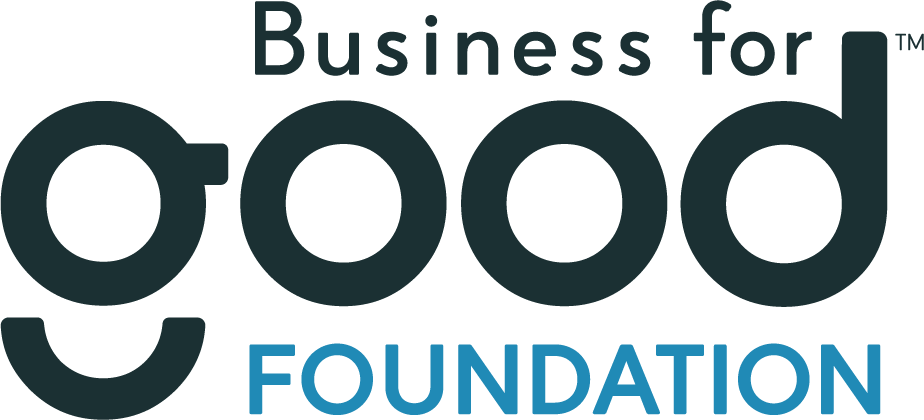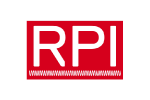News
November 16, 2016Tobacco Marketing Concentrated in Poorest Neighborhoods in the City of Albany
In the two weeks leading up to today’s Great American Smokeout, Capital District Tobacco-Free Communities (CDTFC) met with City of Albany residents to hear firsthand how tobacco use and tobacco marketing are impacting their lives and their communities. Tobacco marketing is disproportionately concentrated in the lower income areas of the City of Albany, creating an environment that increases the likelihood of youth smoking and makes it more difficult for smokers to quit successfully.
A recent comparison of several zip codes in Albany County shows a clear correlation between the percentage of residents living below the poverty level and the number of licensed tobacco retailers (LTR) per 1000 residents (see graph below). The higher the poverty level, the greater the density of tobacco retailers. In fact, the density of tobacco retailers is nearly ten times greater in zip code 12207 (Downtown Albany) with a poverty rate of 65.6 percent than in zip code 12054 (Delmar) with a poverty rate of 3.2 percent.
The local picture reflects the national data. Numerous studies have shown that there are more tobacco retailers and more tobacco marketing in disadvantaged communities as compared with communities with more resources.[i] Studies have directly linked higher neighborhood tobacco retailer density with higher odds of ever smoking.[ii] According to a 2012 Surgeon General report, tobacco marketing in stores is a primary cause of youth smoking.[iii]
“Where people live matters to their health,” said Judy Rightmyer, Director of Capital District Tobacco-Free Communities. “People living in neighborhoods with more tobacco marketing face a greater risk to their health because tobacco marketing has a direct impact on youth smoking and makes it harder for smokers to quit. By meeting with residents of the areas most impacted by tobacco marketing, we were able to gain an understanding of the challenges they face and the solutions most likely to create a healthier environment.”
Residents of the Arbor Hill, South End, West Hill and Downtown areas met in small groups of 10-15 participants at four locations to share their experiences and offer their thoughts on the problem of disproportionate tobacco marketing in their neighborhoods. CDTFC will compile the findings from these conversations to share with city and county decision-makers for release in January 2017.
A common experience of several participants of the neighborhood conversations was their longtime struggle to quit smoking. Many expressed hope that making changes in the neighborhood could help. “If I had to walk farther to get tobacco, maybe it would help me quit,” said one participant. “If tobacco wasn’t sold at places with food or at pharmacies, if it was harder for me to buy loosies (single cigarettes) and cheap off brand cigarettes, it could make a really big difference.”
Smoking rates nearly twice the average among low-income New Yorkers
Despite the adult smoking rate declining to a record low of 14.4% in New York State,[iv] groups with less income and less education use tobacco products at significantly higher rates compared to people with higher levels of education and income. In New York in 2014, smoking prevalence was 26.8 percent among people with income less than $15,000, compared to only 10.9 percent among those with income more than $75,000. Among adults who were ever cigarette smokers, 34.5 percent of those living below the poverty level have quit versus 57.5 percent of those living at or above the poverty level.[v] This difference in tobacco use and quit success means lower income groups disproportionately suffer from lung cancer and other tobacco-related diseases.
New York communities set policies addressing tobacco marketing’s impact on residents
Tobacco use is the number one preventable cause of death and disease in the U.S., causing 480,000 deaths each year, more deaths than alcohol, other drugs, car crashes, firearms and sexually transmitted diseases combined. Several municipalities in New York and across the nation have taken steps to reduce the impact of tobacco marketing in local communities through a variety of policy changes including prohibiting the sale of tobacco within a certain distance from schools, ending tobacco sales in pharmacies, eliminating tobacco discounts and reducing the number of tobacco retailers in a community.
The Neighborhood Conversations event flyer can be viewed at http://bit.ly/2dndvt5


























